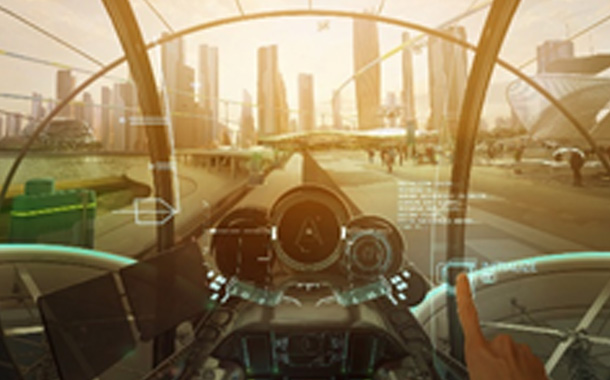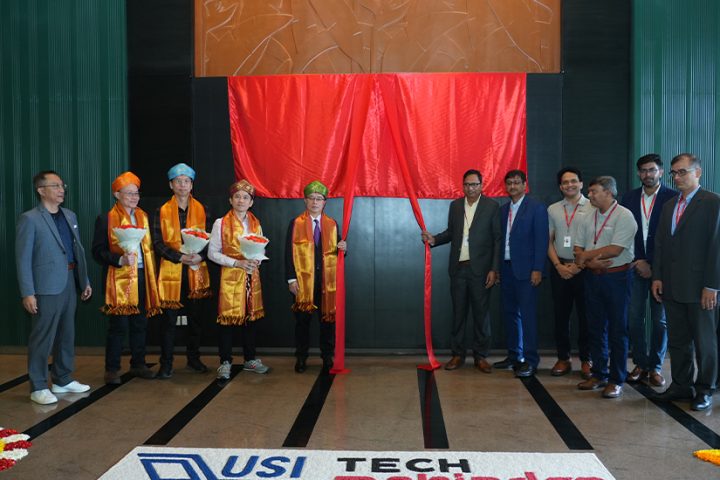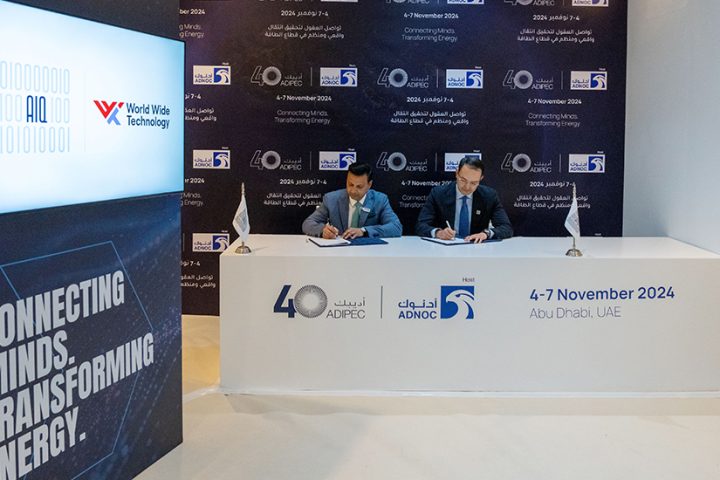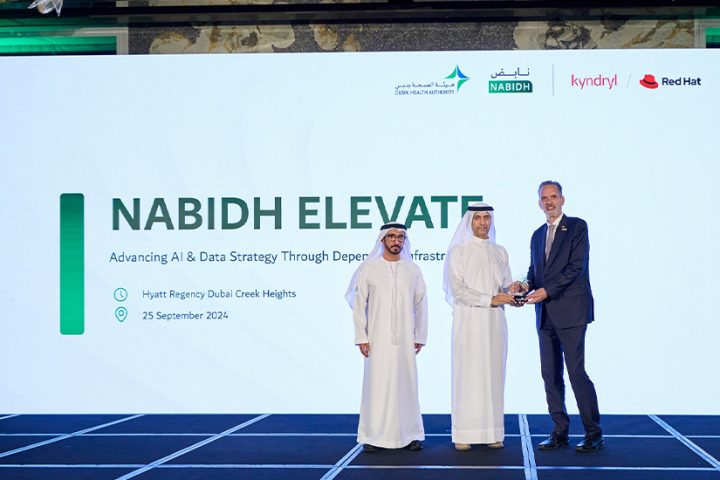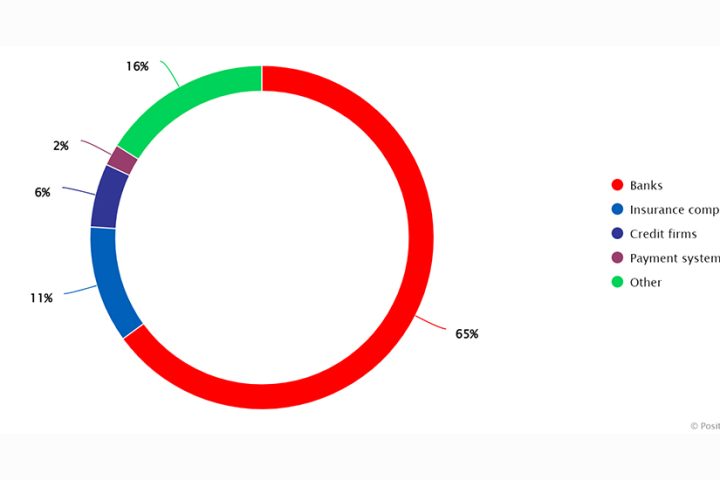HP and NVIDIA teamed up with Autodesk, Fusion, Launch Forth, Technicolor, Unreal Engine and VIVE to launch HP Mars Home Planet – a global project to experience, through virtual reality, what a human population of one million could look like on Mars. From buildings, vehicles, farms and clothing, this co-creation project of professional creatives from around the world explores how life could be sustained on the red planet given its climate and atmospheric challenges.
The HP Mars Home Planet project advances work initially done for Mars 2030, a virtual reality experience created by Fusion with the National Aeronautics and Space Administration (NASA). Now, HP and its partners are uniting engineers, architects, designers, artists and students to imagine, design and experience humanity’s future on Mars through VR.
“Through HP and partner technology, we are unleashing engineers, architects, designers and students to help anticipate and solve the real world problems we’ll face to inhabit Mars one day” Gwen Coble, Director, Workstations, Thin Clients, Retail Solutions and Immersive Computing, EMEA, HP.
The project looks beyond 2030, to a time in the future where there are families and communities living on Mars. The goal of the project is to engage creative thinkers to solve some of the challenges of urbanization on the red planet. Ultimately, through the VR experience, people here on earth will be able to experience what life on Mars might be like.
The three phases of the year-long program start with the Home Planet’s Mars Urbanization Challenge, where participants will focus on transportation and infrastructure concepts for a specific location. NASA identified Mawrth Vallis – Mars Valley in Welsh – as a potential landing site on Mars. Following the concepting phase, 3D modeling and rendering will be completed – resulting in a virtual reality experience of life on Mars.
Participants of the project will use Autodesk software to design 3D models of Martian buildings, cities, vehicles and infrastructure. With creative and technical leadership from Technicolor, creators will then use Unreal Engine to create a virtual reality simulation of what life on Mars could be like for one million people. The environment will build on Mars Valley terrain from Fusion’s “Mars 2030” game, which is based on NASA research.

